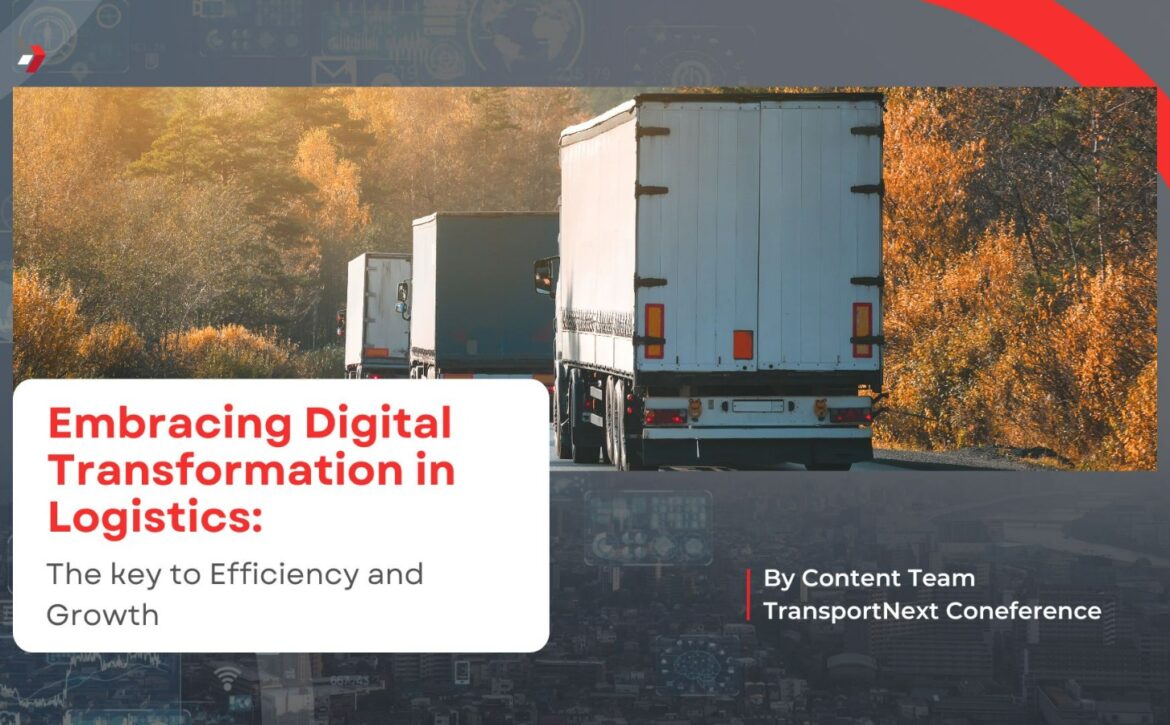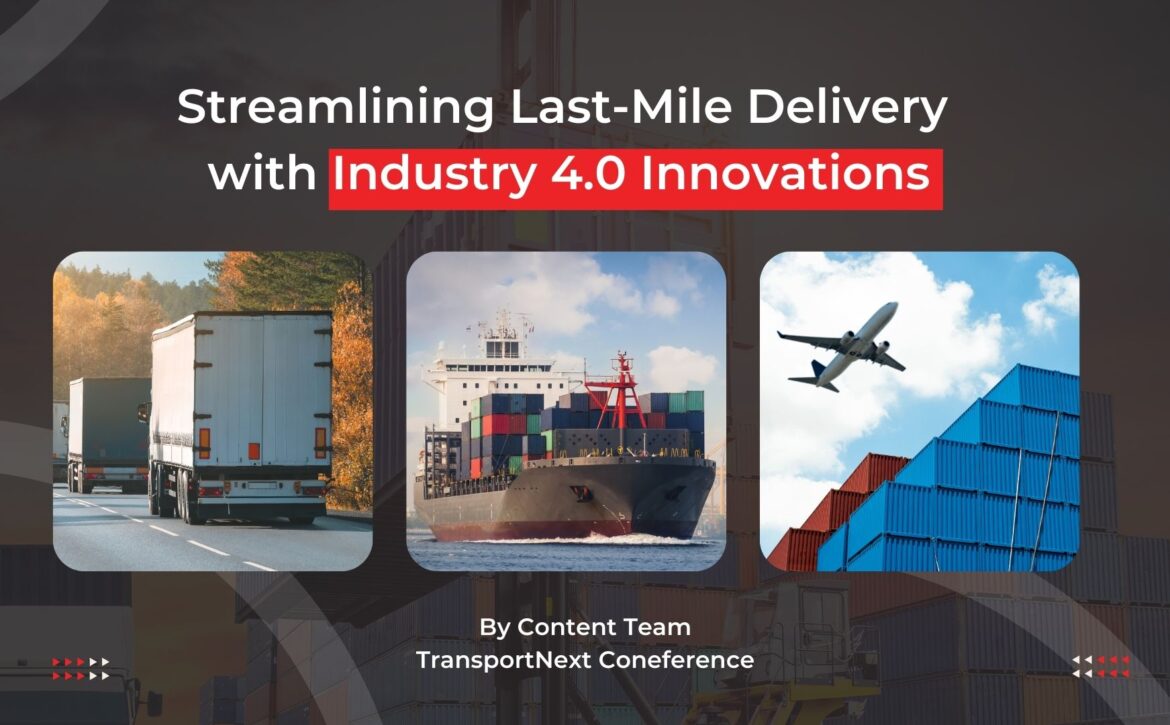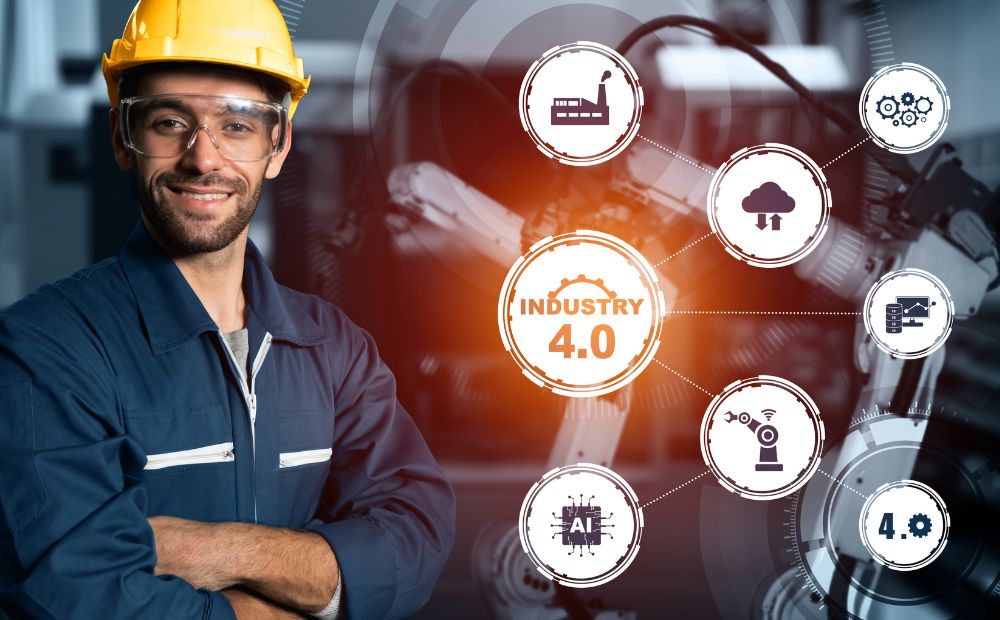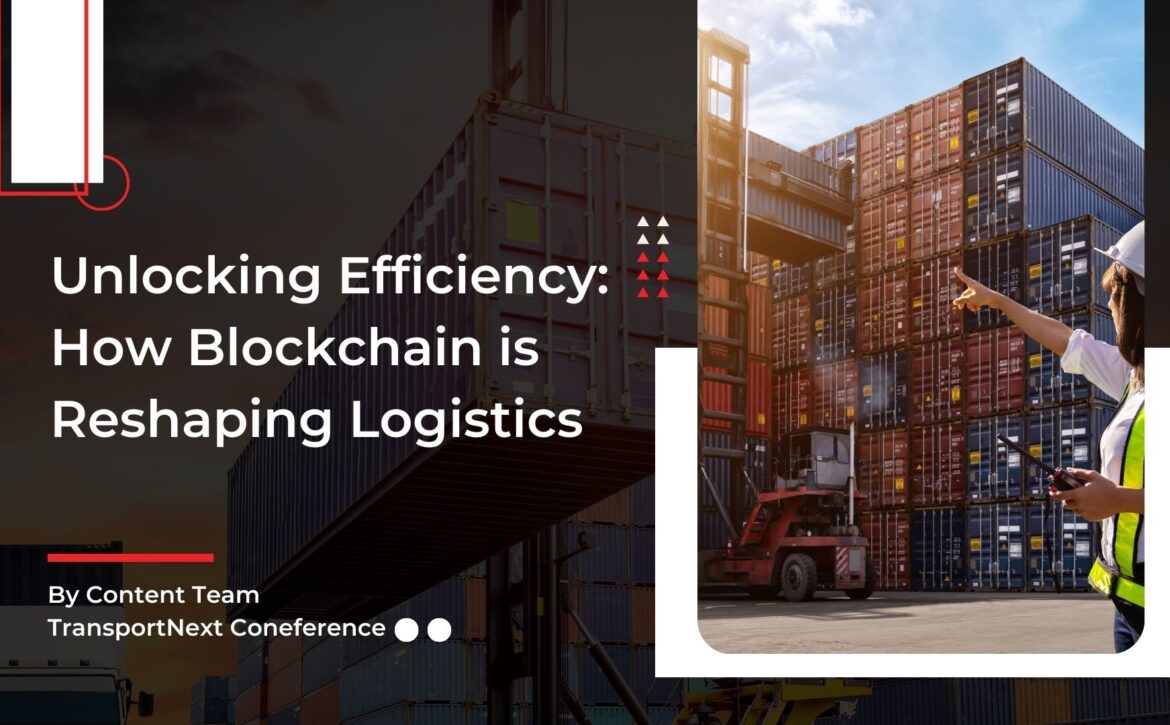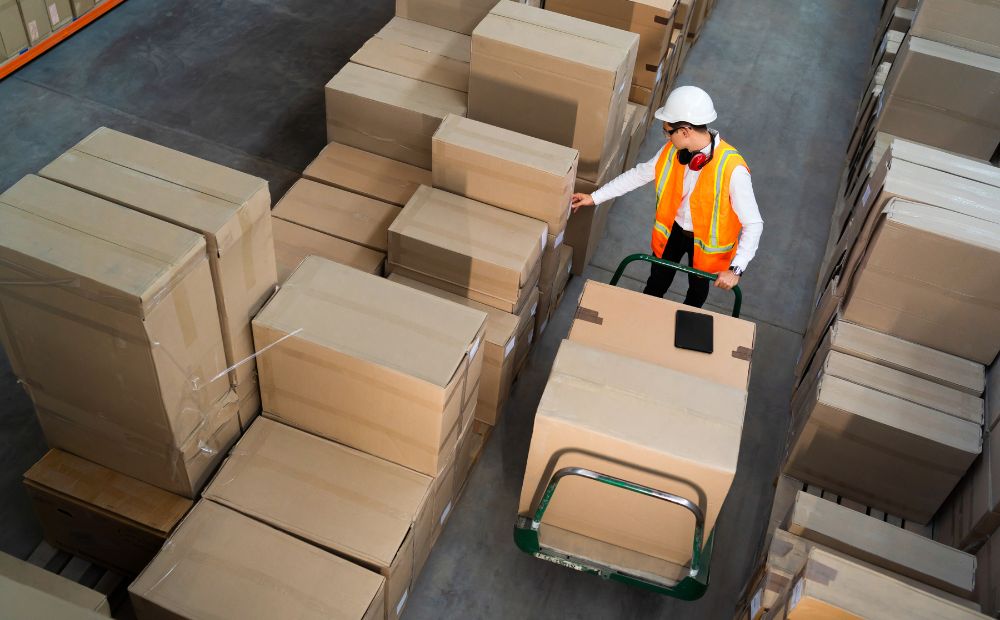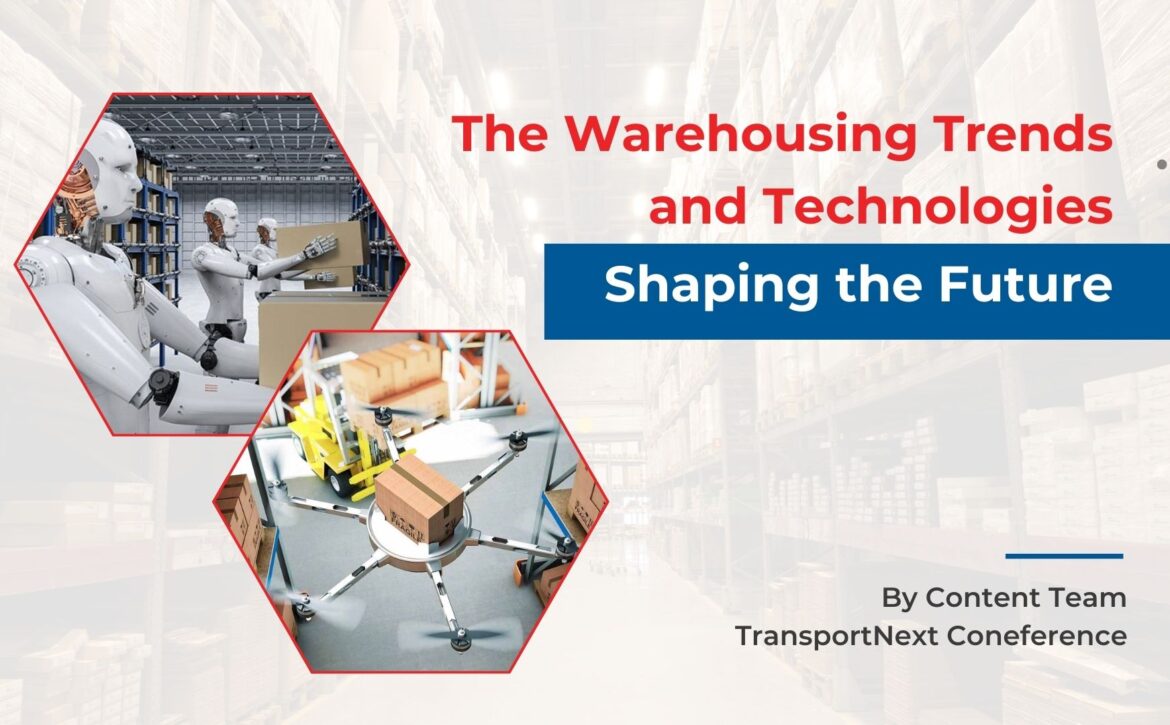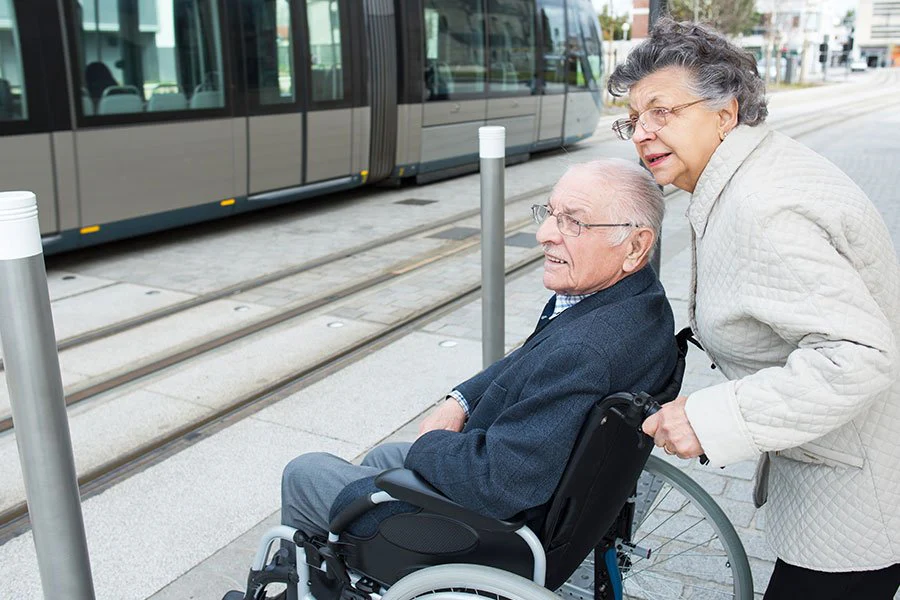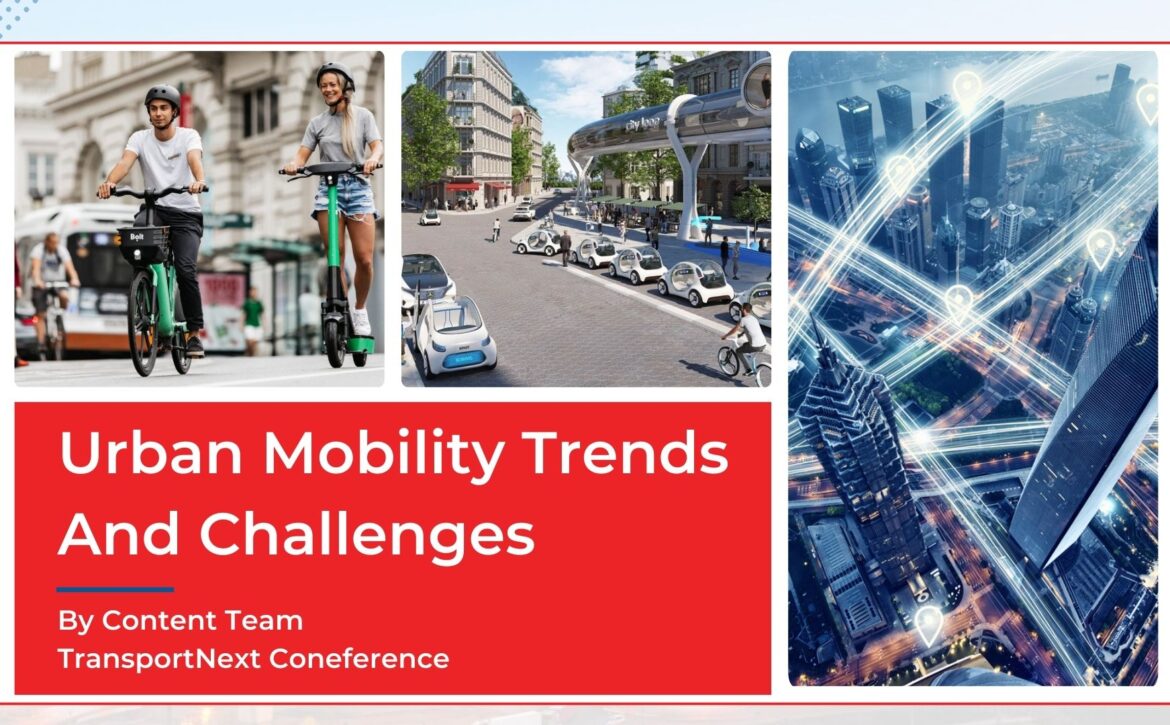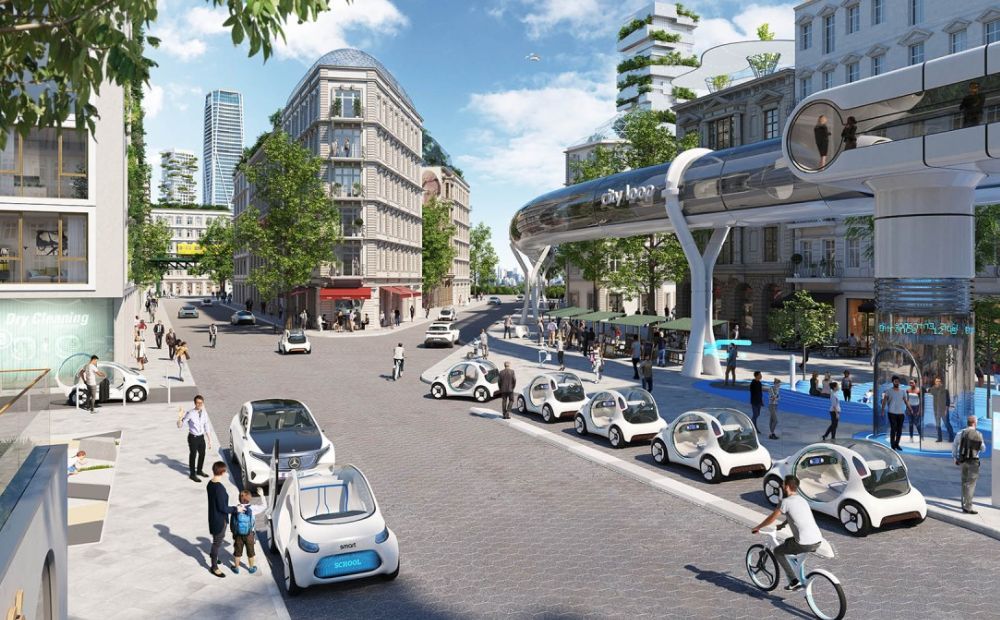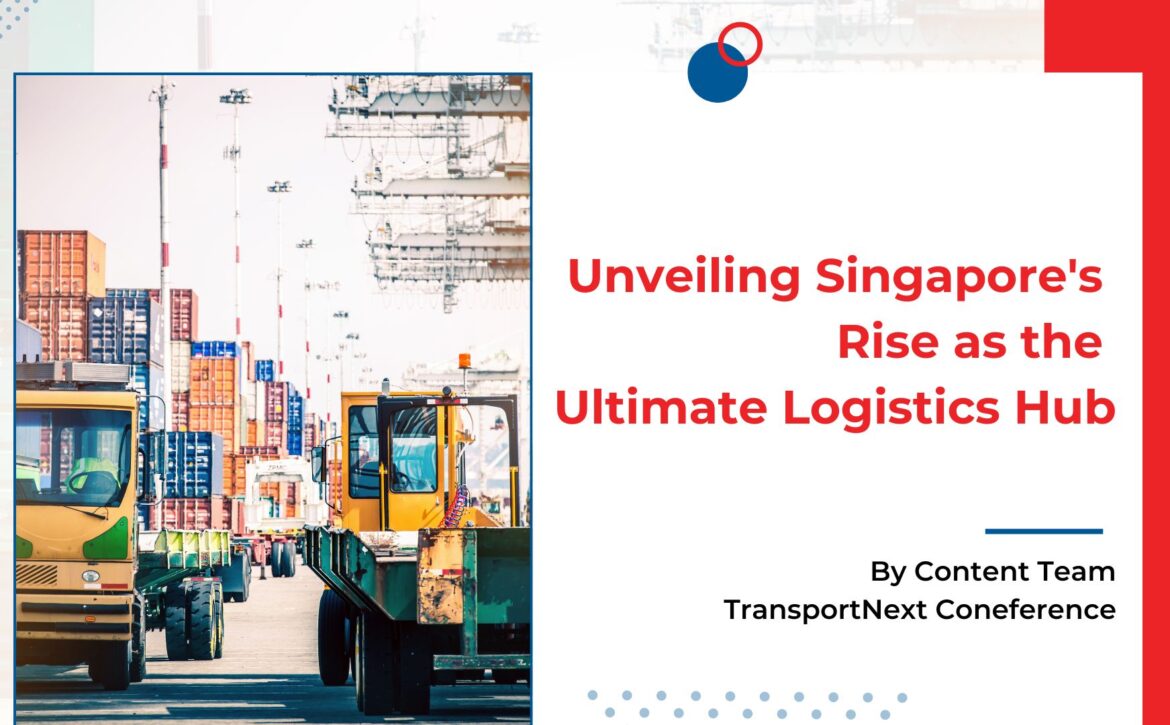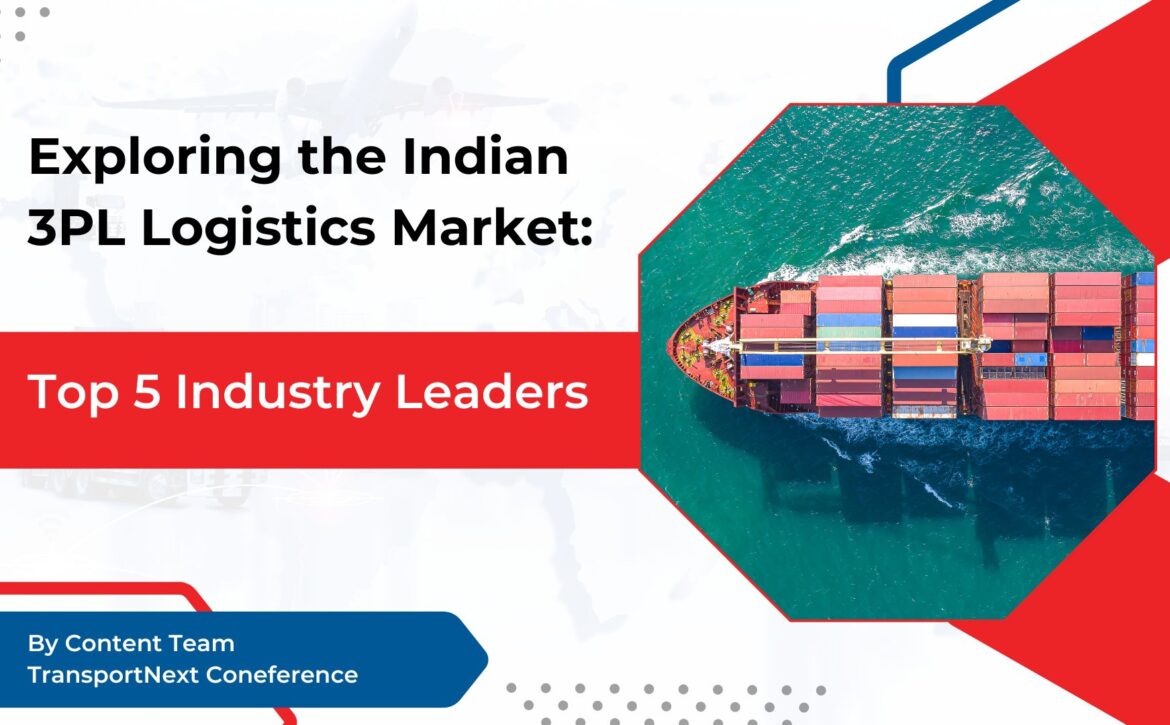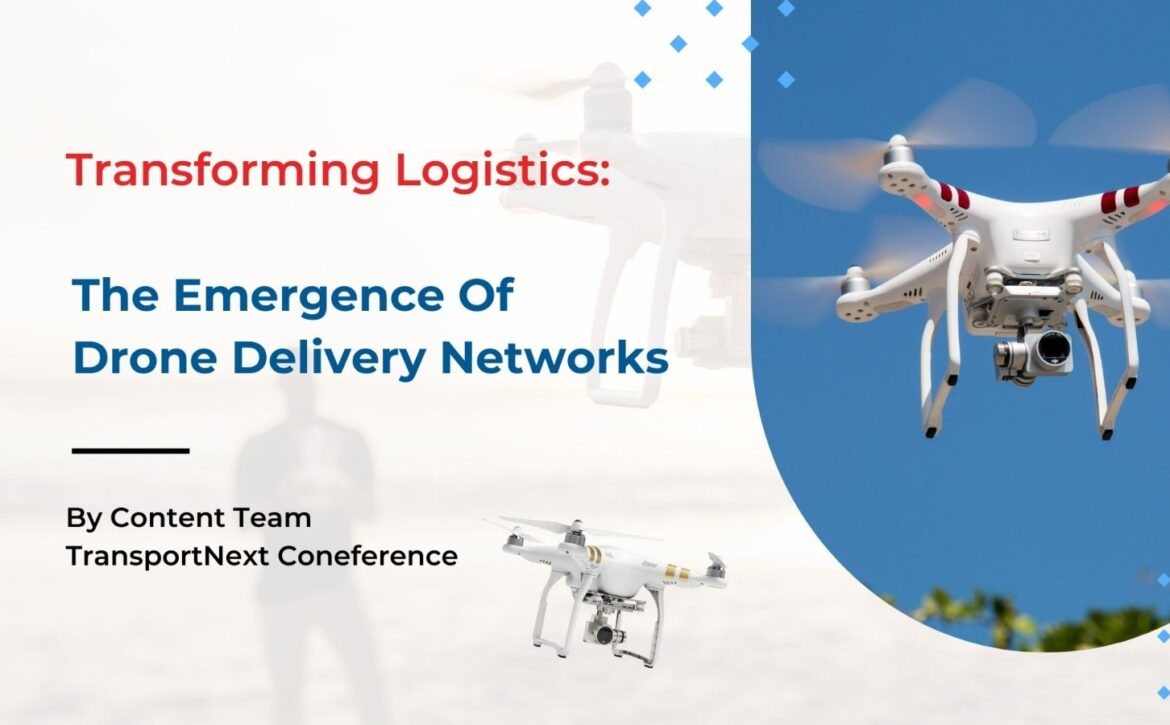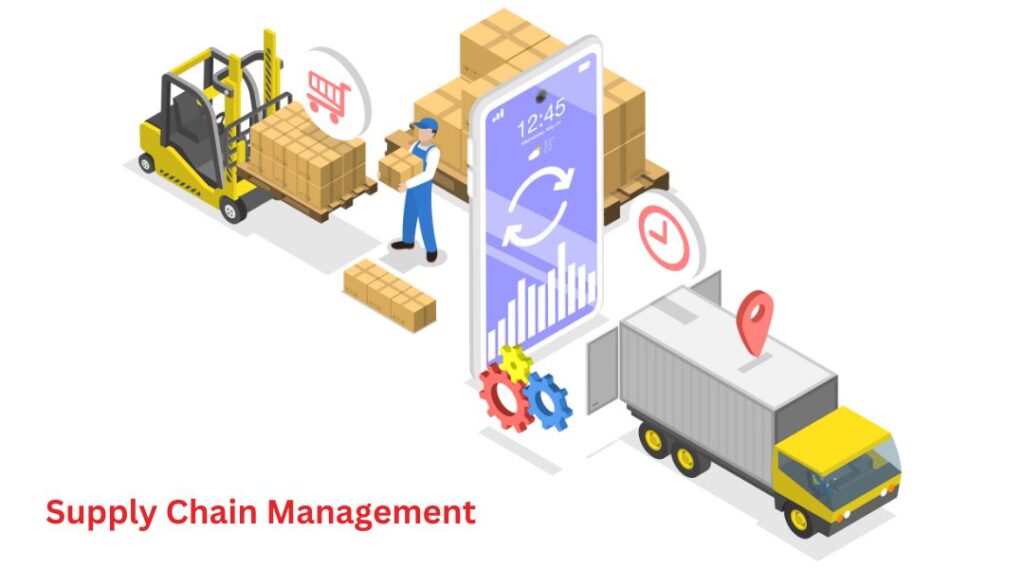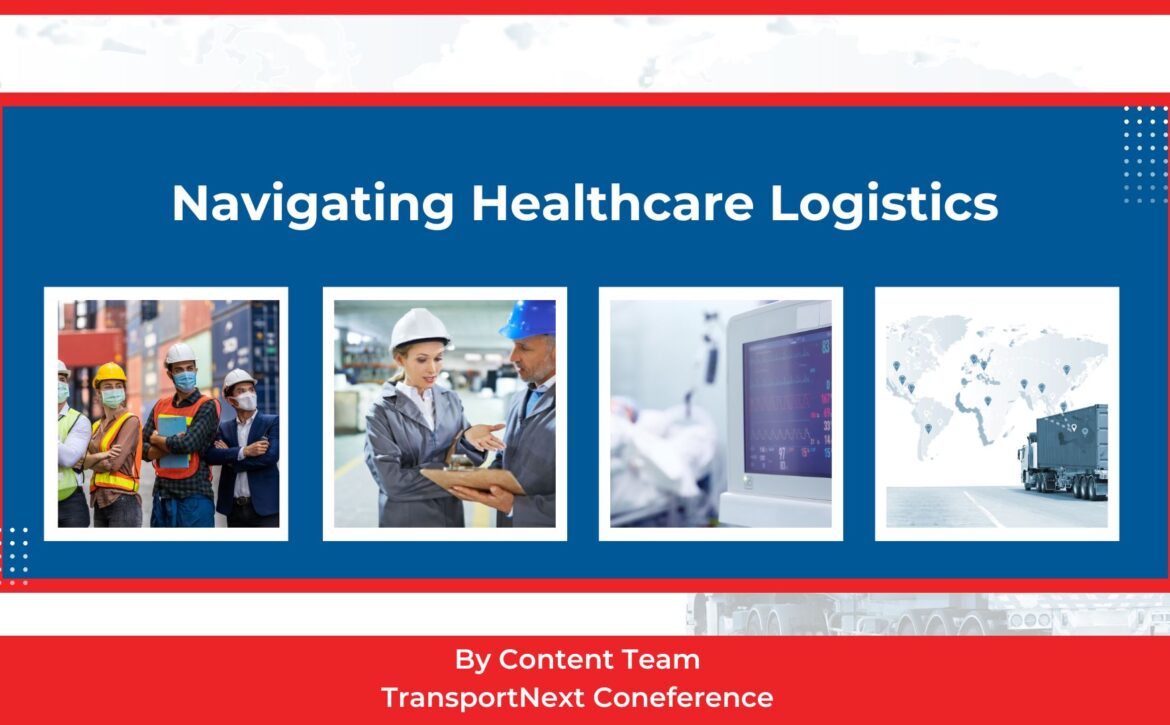Embracing Digital Transformation in Logistics: The key to Efficiency and Growth
Digital Transformation
The advent of digital transformation is reshaping the landscape of logistics operations, empowering businesses to navigate rising demands and market pressures while paving the way for sustained success. Critical to this digital transformation are the integration of automation and data analytics, driving improvements in workforce efficiency and customer satisfaction. Embracing innovative technologies not only boosts operational productivity but also enables companies to carve out a distinct competitive edge in the logistics and transportation sector.
Digital transformation entails the integration of digital technologies throughout all facets of a business, leading to a fundamental shift in its operations and delivery of value to customers. This process encompasses the utilization of digital tools and technologies to optimize workflows, boost productivity, enhance decision-making, and drive innovation in products and services.
It surpasses mere technology adoption by necessitating a cultural transformation, organizational adjustments, and a commitment to embracing change and innovation in order to remain competitive and pertinent in the current digital era. Given the current fast-paced environment, it is essential for businesses to implement digital transformation in order to remain competitive, including the logistics industry. Utilizing digital solutions can optimize processes, increase transparency, and elevate customer service. Let us examine specific instances of how companies are utilizing digital transformation in logistics.
Table of Contents
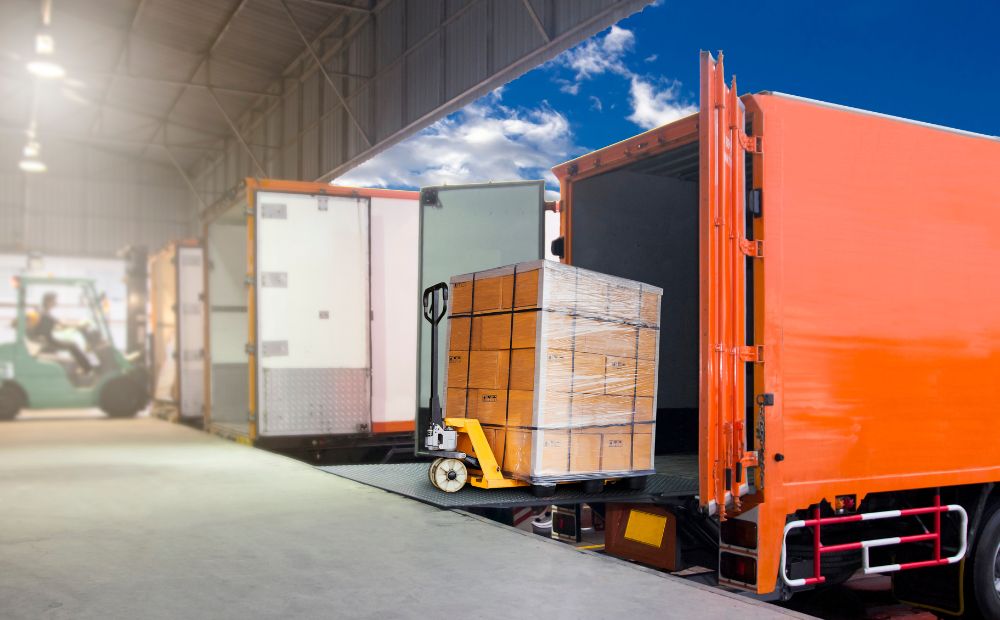
An Overview of Challenges and Solutions
in Digital Transformation
Here are ways companies leverage various transformative digital technologies to enhance efficiency.
Predictive Analytics:
Predictive analytics and big data are revolutionizing logistics and transportation, driving operational efficiency and cost reduction while enhancing customer experiences. Companies like FedEx, UPS, Amazon, DHL, Maersk Line, and Uber Freight leverage these technologies to optimize routes, forecast demand, manage inventory, ensure real-time tracking, and mitigate risks effectively. This digital transformation marks a significant shift in the industry towards more efficient and customer-centric services. Advanced algorithms analyze vast datasets to uncover patterns and trends. Organizations are harnessing the capabilities of modern data-sharing platforms like Snowflake to enhance research and analysis. By gaining comprehensive access to historical and real-time data, businesses can improve planning processes. This leads to more equitable access across demographics and localities, driving better outcomes for all stakeholders.
Internet of Things (IoT):
Telematics and the Internet of Things (IoT) address challenges in asset monitoring and shipment tracking caused by poor visibility. By providing real-time sensor data and connectivity, IoT-enabled telematics enhances these capabilities. For example, GPS and RFID tags provide valuable insights into shipment locations and conditions, enabling businesses to optimize routes and improve asset utilization.
This rich data significantly improves operations throughout the logistics process. Moreover, Lantronix’s PoE+ switches enable remote access and vital data collection for over 10,000 traffic intersections in New York City. This implementation allows the New York Department of Transportation (NYDOT) to monitor traffic trends, enhance service, and improve safety more effectively, demonstrating the tangible benefits of IoT in urban infrastructure management. Companies such as Tesla, UPS, Daimler Trucks North America, FedEx, and Maersk leverage telematics and IoT technology in logistics and transportation. They employ these innovations for real-time monitoring, route optimization, remote maintenance scheduling, shipment tracking, and cargo monitoring.
Supply Chain Management:
Supply chain management software is crucial for streamlining operations in today’s complex supply chains. Cloud-based SCM software offers a unified platform to replace fragmented data and manual processes with organized efficiency. With this software, businesses gain visibility into various aspects such as inventory levels, order tracking, and warehouse management. It enables seamless collaboration among suppliers, partners, and customers by providing access to the same information. This decision-making across the supply chain. For instance, Blue Yonder offers comprehensive end-to-end supply chain solutions with a resilient, multi-enterprise network.
This creates a truly autonomous supply chain, contributing to a modern, connected ecosystem where all stakeholders can operate efficiently and adapt to dynamic market demands. Companies like Walmart, Maersk, Procter & Gamble (P&G), FedEx, and Amazon utilize SCM software to manage inventory, optimize routes, coordinate logistics activities, and ensure timely deliveries.
Fleet Management:
Fleet management software is vital for transportation companies to run their fleets efficiently. This software automates essential tasks and centralizes operations. For instance, smart scheduling helps in planning and lowers risks for drivers. In Northern New Jersey, Verizon uses Networkfleet to track over 4,000 service vehicles. This software helps managers locate vehicles precisely, allowing mechanics to be dispatched quickly when needed. Companies use fleet management software to track vehicles, optimize routes, monitor performance, schedule maintenance, and ensure timely deliveries. This software helps them improve efficiency, reduce costs, and provide better service to customers.
Cloud-Based Computing:
Cloud-based computing is essential for overcoming the limitations of on-premise data centers and legacy IT systems, which hinder agility. Cloud computing offers flexibility, remote access capabilities, and enhanced security, making it a vital technology for digital transformation in shipping and logistics firms. For instance, Deloitte leverages cloud computing to drive transformation through innovative applications. Their comprehensive range of capabilities supports businesses at every stage of their journey to the cloud.
Companies across the logistics and transportation sector are increasingly adopting cloud-based computing to streamline operations, enhance scalability, and improve collaboration. Examples include Schneider Electric optimizing supply chain operations, Maersk improving maritime logistics, C.H. Robinson offering digital freight brokerage services, UPS optimizing package delivery, and Delta Air Lines managing air cargo operations.
Blockchain Technology:
Blockchain technology utilizes a decentralized and immutable ledger to instill trust in logistics transactions and data sharing. It records each shipment’s location, timestamps, and documentation permanently. This transparency in the supply chain helps combat fraud, streamline audits, and resolve disputes efficiently. Customers can track orders with confidence, knowing that sensitive data is secure through cryptography. For instance, UPS has expressed interest in a feature called “automated determination.” When a UPS package is scanned at any point, the blockchain system can automatically determine the most efficient route by leveraging data from all connected carriers.
Additionally, the blockchain ledger can record the arrival time of the package. Amazon explores blockchain for supply chain transparency and cross-border logistics. IBM develops blockchain solutions like IBM Food Trust for food safety. De Beers ensures ethical diamond sourcing through its Tracr platform. Hapag-Lloyd digitizes maritime logistics processes for efficiency. Accenture collaborates on blockchain solutions for supply chain management and trade finance.
Artificial Intelligence:
Artificial intelligence (AI) algorithms analyze vast data streams to uncover valuable insights. This intelligence is invaluable for optimizing logistics operations and enhancing customer satisfaction. AI considers numerous variables, continuously learns, and reduces inefficiencies. For instance, AltextSoft solutions provide AI-powered logistics optimization. Customers benefit from smarter route planning, leveraging historical and real-time data on factors such as road conditions, weather, traffic, wait times, maintenance stops, and more. Companies across the logistics and transportation industry are harnessing AI technology for various purposes:
- DHL uses AI for supply chain optimization and inventory management.
- Tesla employs AI in EVs and autonomous driving for safety and efficiency.
- Alibaba utilizes AI for demand forecasting and inventory optimization.
- Uber applies AI algorithms for ride-sharing and food delivery optimization.
- Google integrates AI into Google Maps for real-time traffic updates and route optimization.
- ClearMetal offers predictive logistics solutions.
- FourKites provides supply chain visibility and predictive analytics.
- Transmetrics specializes in predictive optimization for cargo transportation.
- Wise Systems offers AI-driven dispatch and routing for last-mile delivery.
- Shippeo provides visibility and predictive analytics for supply chain operations.
These companies leverage AI to improve operational efficiency, reduce costs, and enhance customer satisfaction in logistics and transportation.
Mobility as a Service (MaaS):
Mobility as a Service (MaaS) revolutionizes transportation to align with today’s on-demand and sustainability standards. Through a unified MaaS application, users can effortlessly browse and book rides spanning public transit, ridesharing, carsharing, bikes, and scooters. MaaS streamlines mobility while promoting environmental consciousness. For instance, the integration of diverse transportation services into MaaS facilitates flexible mobility without the need for individual vehicle ownership. With shared transportation options readily available, urban households are embracing environmentally friendly and resource-saving modes of transportation, gradually relinquishing ownership of personal vehicles.
Optimizing Last-Mile Delivery:
The digital transformation of last-mile delivery in logistics and transportation has been adopted by various companies across different sectors. Amazon employs drones, delivery robots, and predictive analytics to ensure swift last-mile delivery through Amazon Prime. Alibaba Group enhances logistics efficiency with platforms like Cainiao Network, streamlining delivery routes and package tracking. UPS offers greater control and convenience to customers through digital tools like UPS My Choice and UPS Access Point. FedEx enhances last-mile delivery with flexible options and real-time tracking through services like FedEx SameDay and FedEx Delivery Manager.
Maersk simplifies container booking and tracking processes with digital platforms like Maersk Spot and Twill, driving efficiency and cost savings. Shopify empowers merchants to optimize order fulfillment and shipping through integrated solutions like Shopify Shipping and Shopify Fulfillment Network. C.H. Robinson provides visibility and efficiency in last-mile delivery through its advanced logistics platform, Navisphere. These examples highlight how digital innovation is revolutionizing last-mile delivery and logistics across various sectors, benefitting both businesses and consumers.
Mobility as a Service (MaaS):
Mobility as a Service (MaaS) revolutionizes transportation to align with today’s on-demand and sustainability standards. Through a unified MaaS application, users can effortlessly browse and book rides spanning public transit, ridesharing, carsharing, bikes, and scooters. MaaS streamlines mobility while promoting environmental consciousness. For instance, the integration of diverse transportation services into MaaS facilitates flexible mobility without the need for individual vehicle ownership. With shared transportation options readily available, urban households are embracing environmentally friendly and resource-saving modes of transportation, gradually relinquishing ownership of personal vehicles.
Optimizing Last-Mile Delivery:
The digital transformation of last-mile delivery in logistics and transportation has been adopted by various companies across different sectors. Amazon employs drones, delivery robots, and predictive analytics to ensure swift last-mile delivery through Amazon Prime. Alibaba Group enhances logistics efficiency with platforms like Cainiao Network, streamlining delivery routes and package tracking. UPS offers greater control and convenience to customers through digital tools like UPS My Choice and UPS Access Point. FedEx enhances last-mile delivery with flexible options and real-time tracking through services like FedEx SameDay and FedEx Delivery Manager.
Maersk simplifies container booking and tracking processes with digital platforms like Maersk Spot and Twill, driving efficiency and cost savings. Shopify empowers merchants to optimize order fulfillment and shipping through integrated solutions like Shopify Shipping and Shopify Fulfillment Network. C.H. Robinson provides visibility and efficiency in last-mile delivery through its advanced logistics platform, Navisphere. These examples highlight how digital innovation is revolutionizing last-mile delivery and logistics across various sectors, benefitting both businesses and consumers.
Demand Planning Software:
Demand planning software addresses the challenge of aligning logistics capacity with variable demand levels. These AI-driven solutions analyze historical data, market trends, and other factors to predict future transportation requirements. For instance, InPost faced challenges with demand forecast accuracy during the pandemic and sought innovative solutions to enhance operational performance. By implementing demand planning software, they optimized resource utilization and minimized operational costs while meeting client demands effectively.
Demand planning software is widely adopted in logistics and transportation to forecast demand and streamline operations. For instance, companies such as UPS, FedEx, and Maersk utilize this software to predict package volumes, optimize supply chain operations, and enhance service reliability. Similarly, e-commerce giants like Amazon leverage demand planning software to optimize inventory management and ensure efficient order fulfillment. Additionally, logistics providers like DB Schenker, XPO Logistics, and Kuehne + Nagel use such software to optimize warehousing, transportation, and global logistics networks, improving overall efficiency and customer satisfaction.
Digital transformation has significantly impacted the logistics and transportation sector, resulting in improved efficiency, transparency, and customer satisfaction. As the industry progresses, companies that give importance to digital innovation will stay adaptable and competitive in catering to the evolving needs of the dynamic marketplace of the future. Logistic events are vital for gaining insights into industry practices and innovations, facilitating meaningful connections, and opening doors for shared resources.
An annual premier worldwide event, the TransportNext Awards, Conference, and Expo is organized by Next Business Media in Singapore and the United States. The transport and logistics community throughout the rest of the world is served by the Singapore edition. By taking advantage of Singapore’s advantageous position, it offers a forum for global cooperation and knowledge sharing. TransportNext Singapore provides enlightening talks, engaging workshops, and a large expo. It also highlights innovative solutions and promotes strategic alliances. The TransportNext Awards, which honor achievements in the sector, are the focal point. This logistics event guarantees an unmatched networking and growth-promoting experience because of its global reach and dedication to the logistics and transportation industry improvement.


